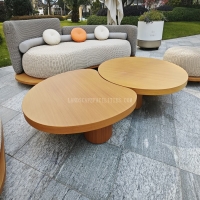Welcome to the website for landscape facilities products and knowledge.
How does the bin’s design prevent the need for additional waste compaction?
Modern waste bins are engineered with innovative designs that minimize the need for additional compaction, making waste management more efficient and user-friendly. These bins often feature built-in mechanisms or structural optimizations that maximize space utilization without manual intervention.
One key design element is the use of flexible or collapsible materials, allowing the bin to expand or contract based on the volume of waste. This adaptability reduces air gaps and ensures optimal packing density. Additionally, some bins incorporate internal partitions or weighted flaps that naturally compress waste as it accumulates.
Another advancement is the integration of gravity-assisted systems. Bins with tapered or funnel-shaped interiors guide waste downward, naturally compacting it over time. This eliminates the need for external compactors, saving both space and effort.
Smart bins with sensor-based technology take this further by monitoring fill levels and automatically adjusting internal compartments to maintain efficiency. These designs not only reduce the frequency of emptying but also promote hygiene by minimizing direct contact with waste.
By prioritizing intelligent design over brute-force compaction, modern bins offer a cleaner, more sustainable solution for waste management in homes and public spaces alike.
Related search:

Recommendation
Elliptical metal outdoor table with nested design, resembling wood grain, round table